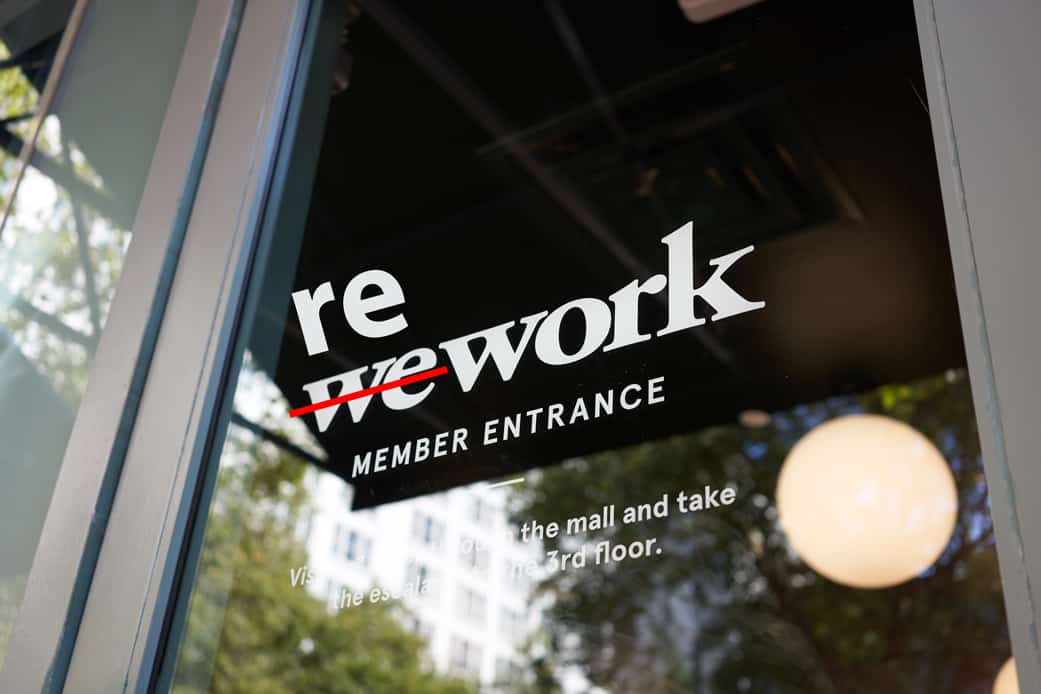
According to the McKinsey Global Institute report, 2017, there is 43% of automation potential for Insurance and by 2025, up to 25% of the task force in the insurance industry may be replaced, especially in Operations and Administrative Support with automation.
The insurance industry is inundated with great amounts of lethargic and monotonous clerical duties resulting in less customer satisfaction and time lags. The insurers are flooded with day-to-day operations like underwriting, claims processing, policy servicing, etc. that do not add up and are repetitive. This has done nothing to help the cause of the Insurance industry only leading to rising costs and stagnant growth in the space. At this time those insurance providers who are fast to react to these changes in the market and understand customer speed, resort to embracing automation to reduce expenses, improve customer experiences, speed up cycle times, and much more.
Automation in the Insurance industry is touted to be a move that will significantly position the industry on the radar of customer attention. If these intelligent processes are adopted well by its players, it is a win-win deal to many who are reeling under pressure and for those who are looking to transform the industry.
What is automation?
Automation of RPA is an emerging technology trend that will power insurers to build highly responsive maintenance but at costs that are optimal. Automation, RPA, or software bot are considered a big deal for they emulate administrative and other tasks that are rule-based and repetitive and require no intervention of humans in the form of strategizing. Automation is known to do wonders for such tasks in a quick and accurate manner. This ensures that the insurance industry providers focus on tasks that matter to the growth of their concerns. Basically, it allows them to focus well on those tasks that require human judgment and reasoning thereby creating more value.
Automation use-cases for the Insurance industry
Underwriting
This is an essential process that requires an evaluation of risks and client exposure. There is indeed a lot of data to play around with because it has to be carefully analyzed before a conclusion is figured out. RPA will automate the process of data collection from different sites both internal and external. This reduces the additional burden of data collection which is time-consuming. Not just that, it can also take cues from the information and fill multiple fields in the system and produce reports and make recommendations. Since underwriting forms the basis of it all, automating it will be one big leap for the insurance industry.
Claims processing
Claims processing is a determining factor to gauge the success of an insurance company. But without any doubt, it is one of the most time consuming and manual processes that can be frustrating. Claim processing is a time-intensive process because the agents might take days together and check data from multiple sources. With automation, the workflow that includes claims intake, assessment, and finally, claims settlement uproots any additional costs and friction within the system. This leads to speedier claims because operations have smoothened out. When a particular claim comes to light, the RPA bot will initially extract information and enter it into the system. Once that is done, the bot validates the information and marks it for payment. Thus manual work is reduced by 80% along with cutting down of unnecessary slack with improved accuracy.
Better process & Business Analytics
Insurance organizations need those metrics that can measure well what they are doing. If that is not done every little exercise headed a good way will prove to be futile. The insurance industry is known to be heavily operational and paper-intensive. This means that it is difficult to track and measure operational efficiency and improvise. But with automation, the processes fall in place and the tasks performed by the robots are easily traceable without the aggressive involvement of manual efforts. RPA can effortlessly and effectively measure the rate of transactions processed. For the ease of the company, RPA leaves a fair audit trail which helps in regulatory compliance and supports innate process improvements. When claims and customer service response times improve, customers are the end winners who benefit from coherent applications.
Regulatory compliance
The regulatory framework for the insurance industry is very strict and needs audit trails. The regulatory scrutiny of insurance space is intense and since it is so manual intensive it is prone to errors resulting in breaches. In such cases, automation is essential in helping companies streamline the processes surrounding regulation. Existing customer information can be duly validated by automated processes, along with regulatory report generation, sending out account closure processing notifications possible by RPA in insurance.
Policy administration
Policy administration is one of the most important areas in insurance as it combines the forces of quoting, rating, underwriting, and distribution. If organizations are still following legacy systems of policy administration that have been there for a long time, they are expensive and calls for high-maintenance. It is next to impossible to scale them quickly enough to meet growing demands and needs. But with automation, the key players are provided silos to complete their operational tasks without involving navigation across systems. It automates transactional and administrative parts of operations such as accounting, settlements, risk capture, credit control, tax, and regulatory compliances.
Accenture has mentioned that if automation is successfully implemented it can liberate 20-30% of capacity at an enterprise-level along with improving customer experience and minimizing operational risks.
Legacy application integration
Insurance companies are still with their legacy applications for their business process. To them implementing ERPs becomes a major challenge because it needs integration with legacy applications. Automation works well in the existing workflow because it is flexible enough to comply with any sort of environment.
Bots to scale RPA in Insurance
Scott Simony, Head of industry at Google believes,
“Insurance is a highly regulated industry and it is not easy to move quickly, but the fact is consumers are moving at exceptional rates. So the companies that will stand out are the ones that are going to find ways to move a bit faster, at the pace of the people they’re insuring.”
RPA and automation help insurers to move in pace with customer requests and demands because it is considered to be the optimal plan to collect policyholder’s data, collecting historical information allowing for quick and expeditious insurance claim settlements. Apart from reducing operational costs and enhancing productivity, RPA provides growth opportunities, a must for vertical growth. With the help of bots those functions which can be automated are:
- A holistic view of available data to customer support staff
- Data entry into those systems that matter
- Ensuring quick approvals are done
- Downloading and scanning policyholder data from multiple locations and sources
- Follow up as well as flagging errors in the data
- Scanning data and verifying insurance period.
The potential for automation in the insurance industry is boundless. It can help transform the industry elimination lags, elevating both team and customer satisfaction. To begin with, automation can be a gradual step at a time, but with time, if the companies are looking at an extensive growth chart, then automation in processes that are monotonous and time-taking, automation can be a great life-saver!




